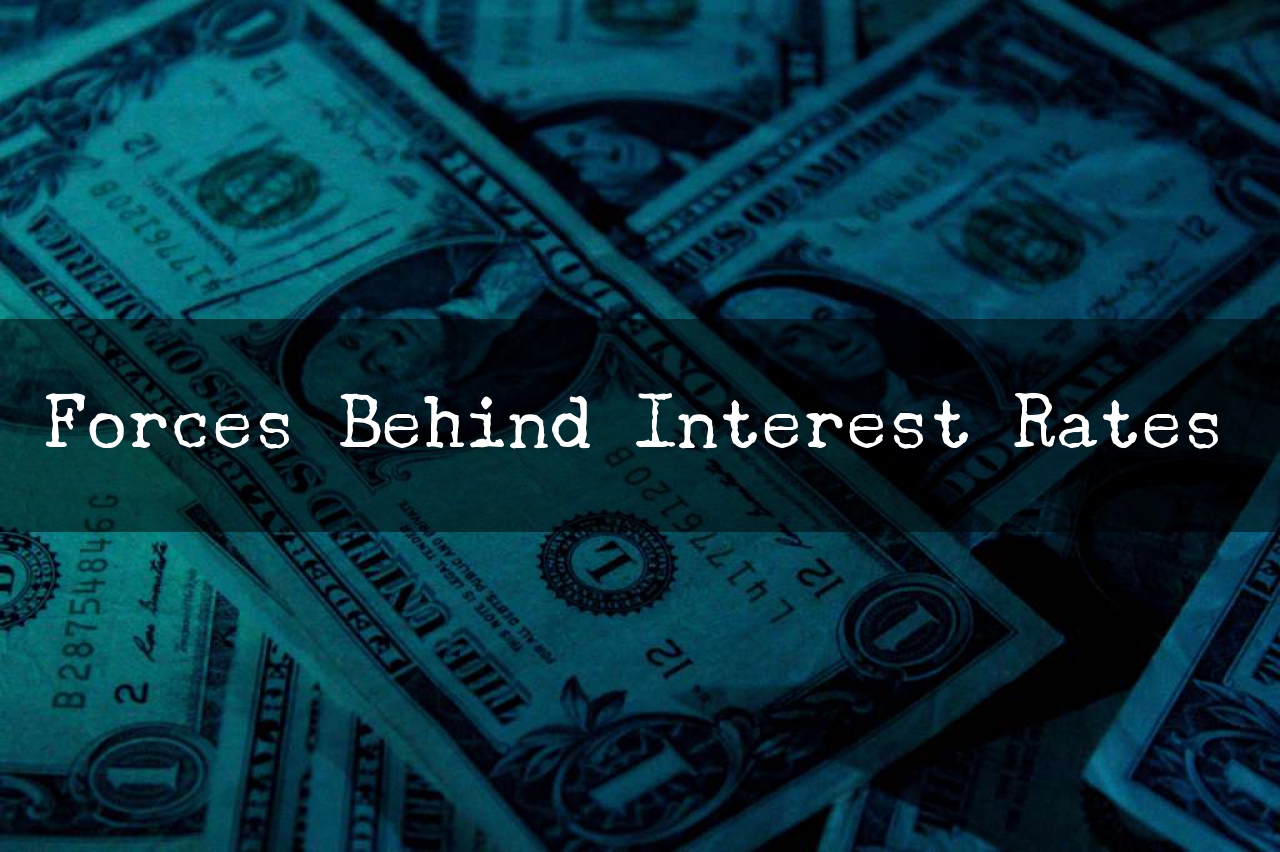Forces Behind Interest Rates
An interest rate is the cost of borrowing money. Or, on the other side of the coin, it is the compensation for the service and risk of lending money. In both cases it keeps the economy moving by encouraging people to borrow, to lend and to spend. But prevailing interest rates are always changing, and different types of loans offer different interest rates. If you are a lender, a borrower or both, it's important you understand the reasons for these changes and differences.
Lenders and Borrowers
The money lender takes a risk that the borrower may not pay back the loan. Thus, interest provides a certain compensation for bearing risk. Coupled with the risk of default is the risk of inflation. When you lend money now, the prices of goods and services may go up by the time you are paid back, so your money's original purchasing power would decrease. Thus, interest protects against future rises in inflation. A lender such as a bank uses the interest to process account costs as well.
Borrowers pay interest because they must pay a price for gaining the ability to spend now, instead of having to wait years to save up enough money. For example, a person or family may take out a mortgage for a house for which they cannot presently pay in full, but the loan allows them to become homeowners now instead of far into the future.
Businesses also borrow for future profit. They may borrow now to buy equipment so they can begin earning those revenues today. Banks borrow to increase their activities, whether lending or investing and pay interest to clients for this service.
Interest can thus be considered a cost for one entity and income for another. It can represent the lost opportunity or opportunity cost of keeping your money as cash under your mattress as opposed to lending it. And if you borrow money, the interest you have to pay could be less than the cost of forgoing the opportunity of having access to the money in the present...

